There are a lot of luxuries, big and small, that you can cram into your bathroom. It’s one of the easiest places in your home to indulge. From whirlpool tubs to custom showers, to soaking tubs, there are tons of bathroom upgrades to help you relax. But in the midst of our hectic lives, how often do you really have time to get in a good soak, or to enjoy more than just the dirt-removing capabilities of your shower? Unfortunately the answer tends to be: not very often. But even people who only get to use their hot tubs once every couple of months still bathe every day. Which means towel warmers are just about the most useful bathroom luxury item out there.
Splurge On A Towel Warmer
Towel warmers are just a little bit bigger than your ordinary towel rack, and shaped similarly. They circulate heated liquid internally, warming the towels you hang on them and passively heating the rest of your bathroom. Ever gotten out of a nice hot shower or bath only to have it ruined by a shock of cold air? A heated towel rack will not only take the chill out of your tiles, but will greet you with a ready-heated towel and robe as soon as you step out of the shower.
Choosing The Right Model

So how do you decide which one to buy? A lot of that depends on the layout of your bathroom, your budget for the project, how often you’re going to use it, and how much ambient heating you want to get out of it. You see, there are two basic kinds of towel warmers. Electric ones circulate conductive liquid through the towel rack, evenly distributing heat produced by a small electric warmer. Some have reservoirs for scented oil, which let them do triple duty as an aromatherapy machine. They’re also usually available in either freestanding or wall-mounted versions, and can either be hardwired or plugged into an outlet. Hardwired, wall-mounted versions are more difficult to install, but have a nicely seamless look. Freestanding or plug-in models are more DIY-friendly, but take up floor and outlet space and have a visible power cord.
Pros and Cons of Electric Towel Warmers

The biggest draw of electric towel warmers is that they’re much easier to install than radiator-style ones. Because the heating liquid is contained entirely within the unit, the towel warmer itself only has to be hooked up to your electrical wiring, not your plumbing. That also means you can turn it on and off with a simple button-press control. On the other hand, the main drawback of electric models is that, unless you leave them on all the time (which can be expensive), they can take a long time to heat up. Instead of switching it on before you get in the shower, you want to give this style 30-45 minutes to heat before you need your towels – or just leave them on overnight.
Re-imagining Radiant Heating

Water powered towel warmers are essentially radiators with an updated shape and added utility. They circulate 120-150 degree water through the interconnected bars or coils, raising the ambient temperature and heating anything that touches them. As with a traditional radiator, you’ll need to connect these types of towel warmers to your household plumbing with an intake and outlet valve. If you have a radiator in your bathroom already, you can replace it with a towel warmer fairly easily. If not, be aware that you may have to tear up some of your floor to reroute your plumbing to create a closed heat circuit.
Material Matters
Some hydraulic towel warmers use the water straight from your water heater. Others come with their own built-in point-of-delivery electric water heaters. The latter are more expensive – as they come with more hardware – but also heat up the fastest. As well, whichever type you choose, they’re typically available in one of two different materials: steel or brass. Steel towel warmers are significantly less expensive, but brass is more durable and comes in a wider variety of finishes. In any style, the material is the biggest factor in price; you can get a towel warmer from anywhere between a few hundred to over a thousand dollars, but buying steel is the biggest way to save.
Using Your New Towel Warmer
All that said, when it comes to actually using one, you want to make sure that your towels are as touching as much of the warmer as possible to ensure even, maximum heating. For long, ladder-style warmers, that means draping your towel over as many bars as possible or weaving it between them. With a spiral or box-shaped one, it’s better to roll the towels up tight and stuff them between the bars. For a very simple towel warmer, just toss it over the top. A separate timer control will help ensure your towels are warm when you need them, especially if you get an electric heater and don’t intend to leave it on all the time. Above all, though, be careful when you’re taking the towels off. Just like a radiator, those bars will get HOT, and the metal can burn you if you aren’t careful!
Hot towels have always been a treat of spas and fancy hotels, but even if you don’t have the time or budget to enjoy a long soak on a regular basis, the simple pleasure of a heated bathroom and a dryer-warm towel on a cold day is easier than you think, and just as luxurious as it sounds.
Shop All Towel Warmers:

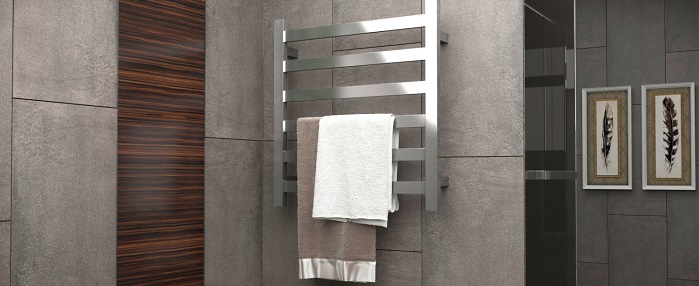




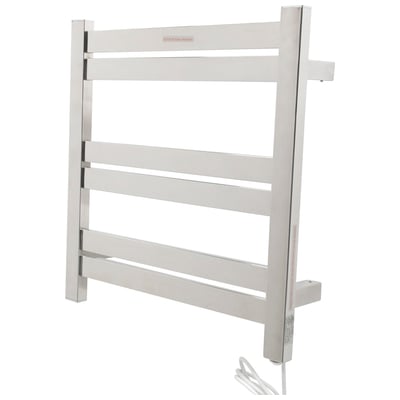
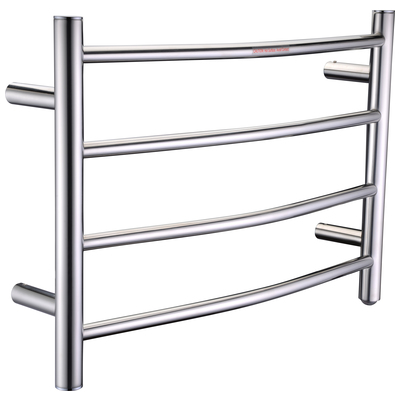
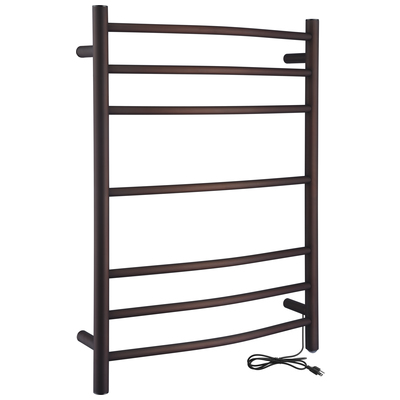
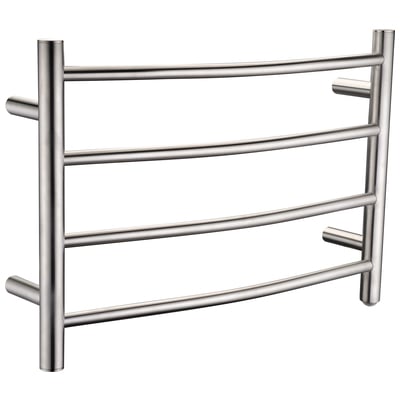

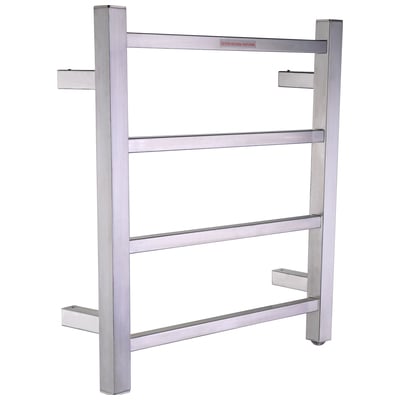

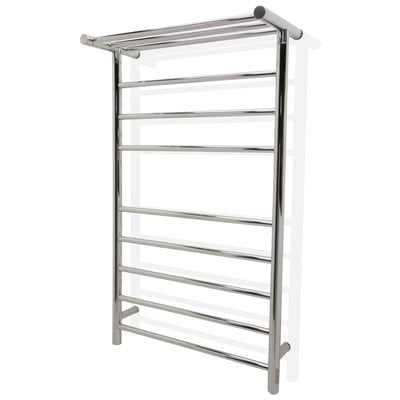
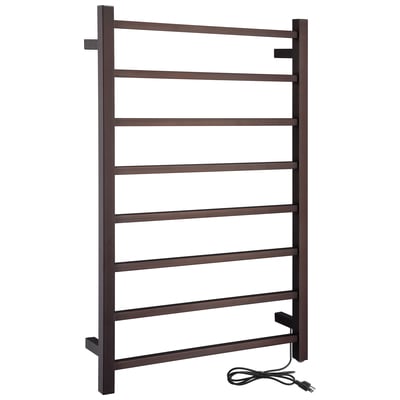
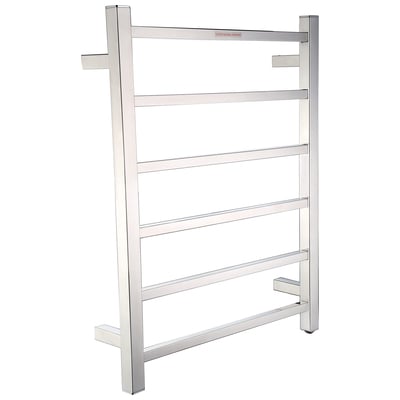

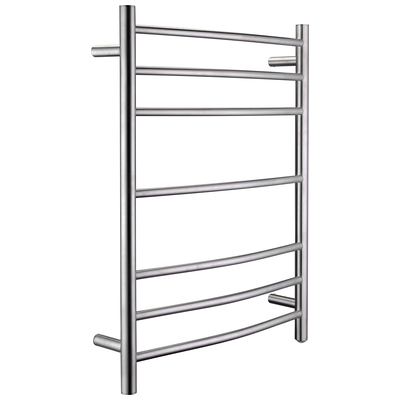

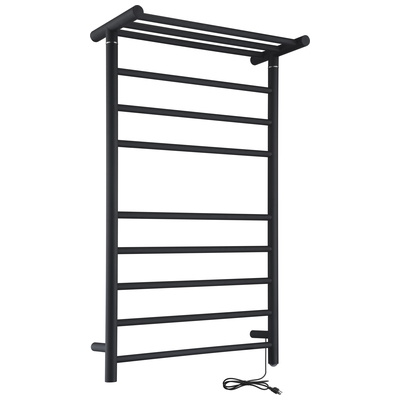
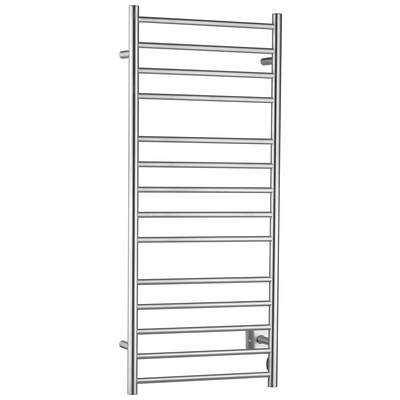
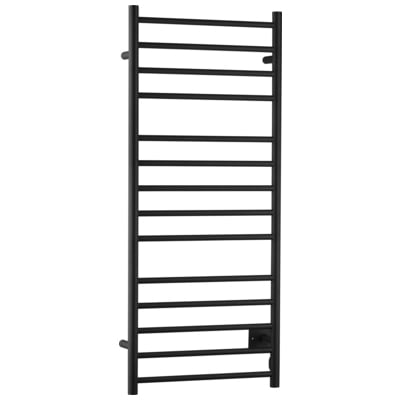
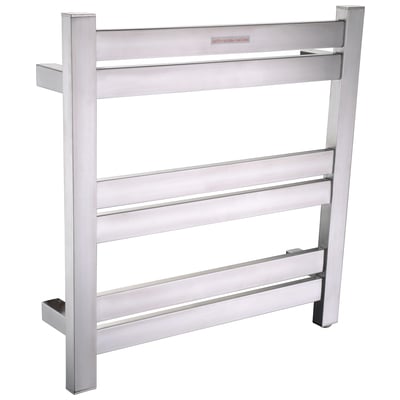
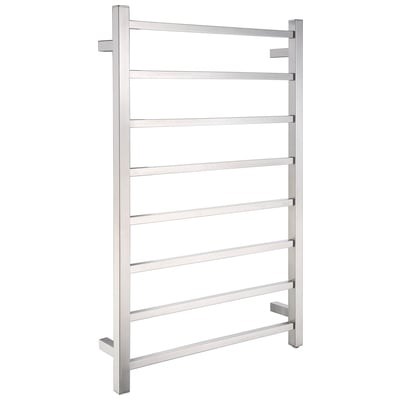
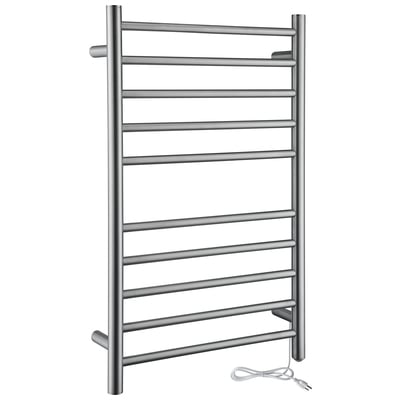
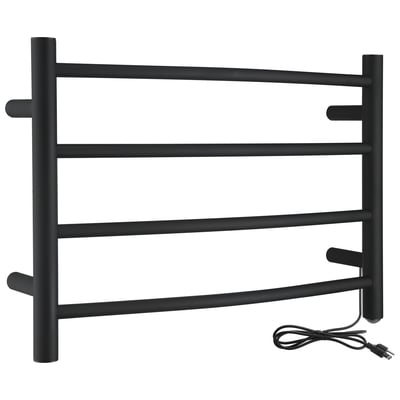
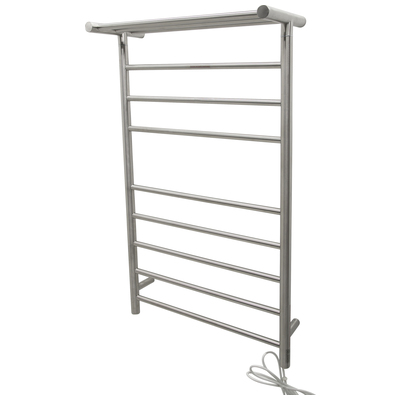
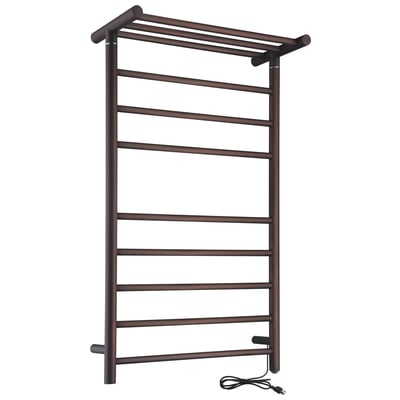
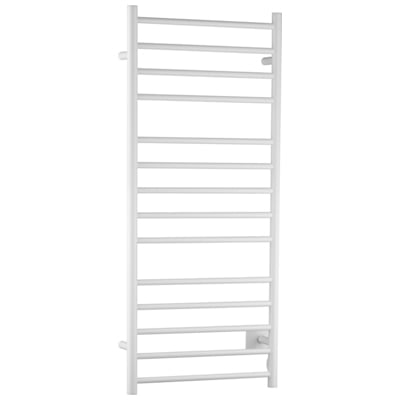
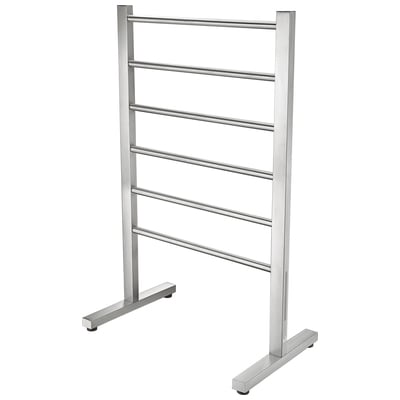
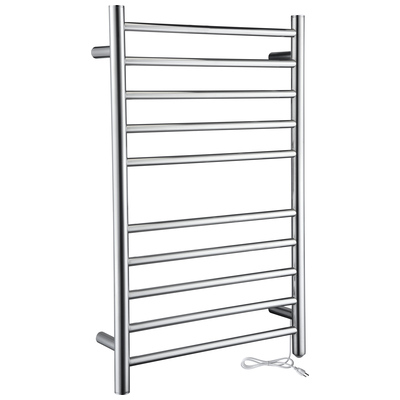
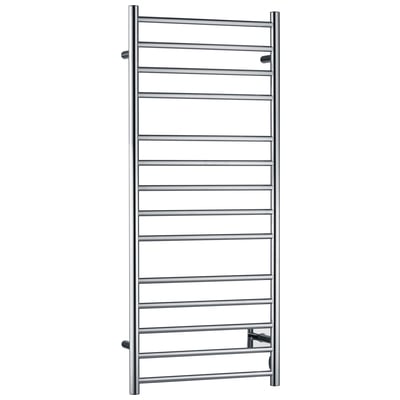
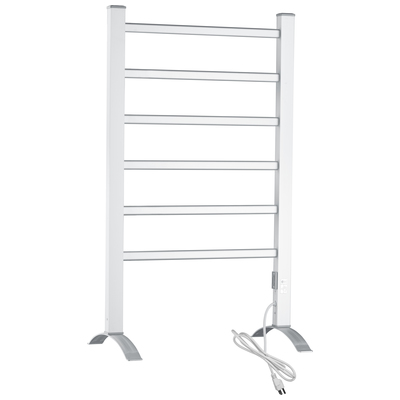
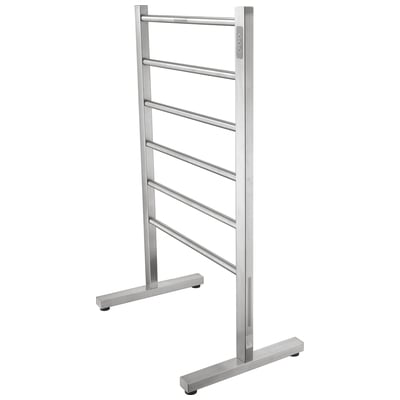

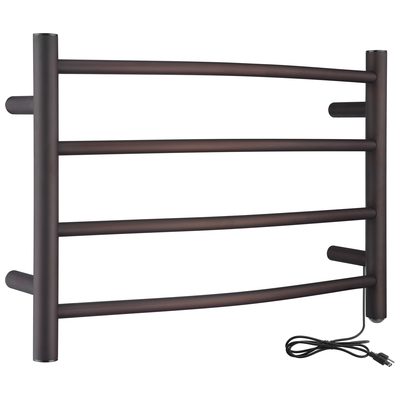

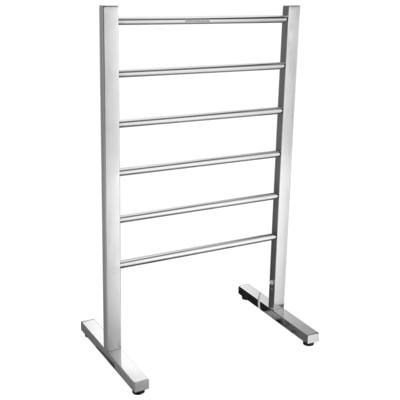
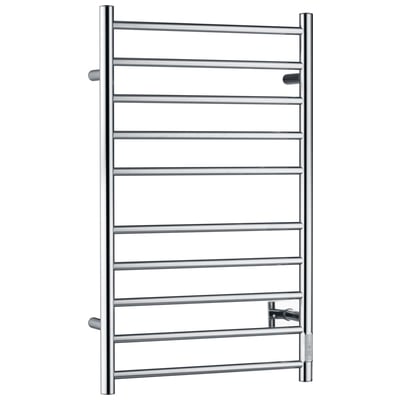

Pingback: Designer Towel Warmers From Scirocco - Simple Luxury For Your Bathroom